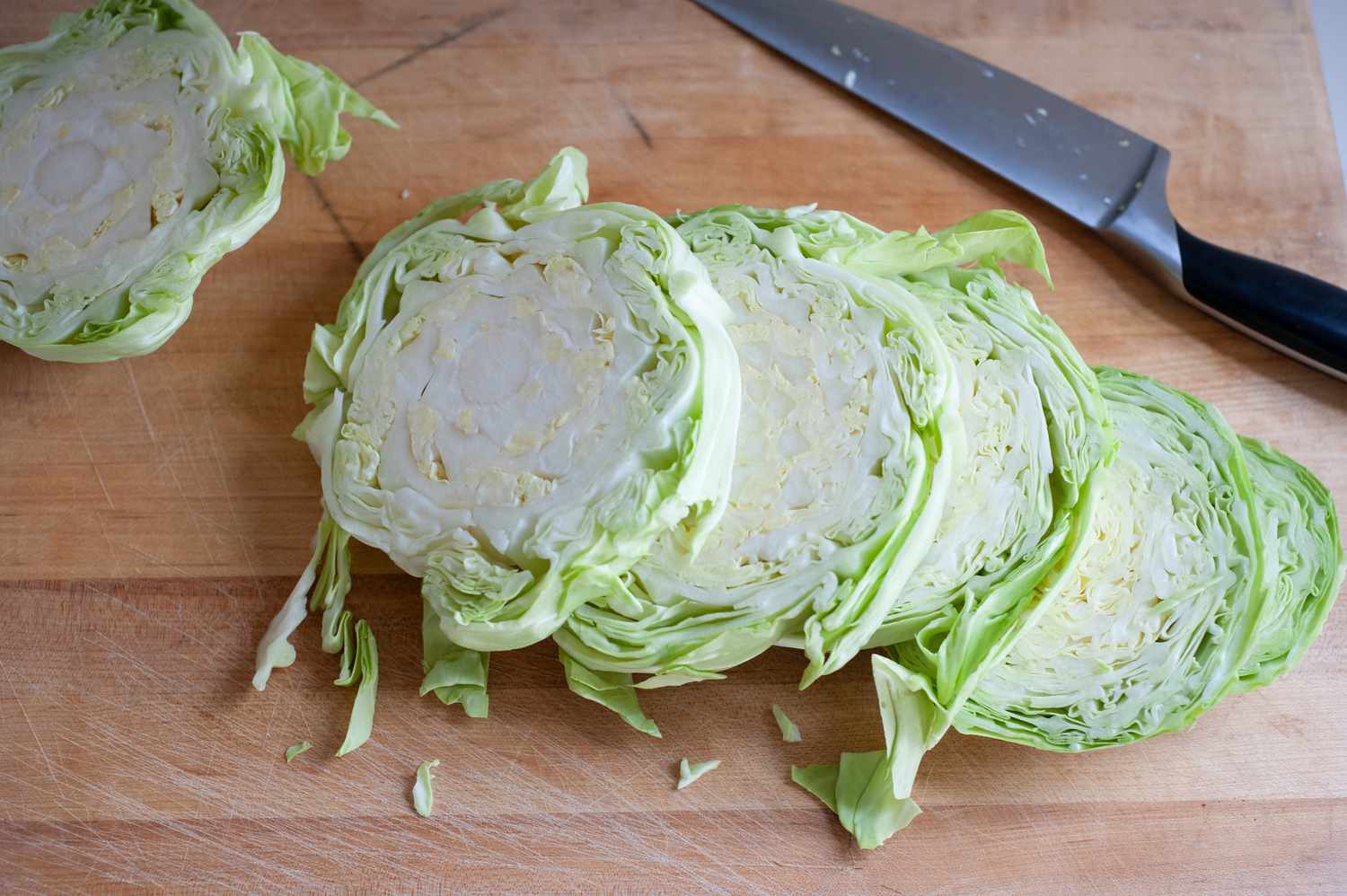

Articles
How To Store Cut Cabbage
Modified: February 22, 2024
Learn the best ways to store cut cabbage in this informative article packed with helpful tips and tricks. Ensure your cabbage stays fresh and crisp for longer periods.
(Many of the links in this article redirect to a specific reviewed product. Your purchase of these products through affiliate links helps to generate commission for Storables.com, at no extra cost. Learn more)
Introduction
When it comes to cooking with cabbage, having a fresh supply is essential. However, there are times when we find ourselves with more cabbage than we can use in one sitting. In such cases, knowing how to properly store cut cabbage is crucial to avoid waste and maintain its freshness.
In this article, we will guide you through the process of storing cut cabbage, whether in the refrigerator or freezer, to ensure that it remains crisp and flavorful for as long as possible. We will also share some tips and tricks to help you maintain its freshness until you’re ready to use it.
So, without further ado, let’s dive into the world of cabbage storage!
Key Takeaways:
- Properly storing cut cabbage in the refrigerator or freezer is crucial to maintain its freshness and flavor. Follow the right techniques, including blanching for freezing, to enjoy crisp and delicious cabbage in your dishes.
- Choosing the right cabbage variety, preparing it correctly, and implementing storage tips such as using airtight containers and labeling for rotation are essential for prolonging the shelf life of cut cabbage. Enjoy this versatile vegetable in various recipes with confidence!
Read more: How To Store Cabbage Once Cut
Choosing the Right Cabbage
Before diving into the process of storing cut cabbage, it’s important to choose the right cabbage variety for your needs. There are several types of cabbage available, each with its own distinctive taste and texture. Here are a few popular varieties:
- Green Cabbage: This is the most common type of cabbage and is known for its mild flavor and crisp texture. It’s perfect for making coleslaw or adding to stir-fries.
- Savoy Cabbage: With its crinkly leaves and milder flavor, savoy cabbage is great for steaming, sautéing, or using in soups.
- Red Cabbage: Red cabbage has a vibrant purple color and a slightly peppery taste. It’s a popular choice for salads and pickling.
- Napa Cabbage: Also known as Chinese cabbage, napa cabbage has a milder and sweeter flavor. It’s commonly used in Asian cuisines and is great for stir-fries and kimchi.
When selecting a cabbage, look for heads that are firm and heavy for their size. Avoid cabbages with wilted or discolored leaves, as they may be past their prime. Additionally, it’s best to choose smaller to medium-sized heads, as they tend to be more tender and flavorful.
Now that you’ve chosen the perfect cabbage, let’s move on to preparing it for storage.
Preparing the Cabbage
Before storing cut cabbage, it’s important to properly prepare it to ensure maximum freshness and longevity. Follow these steps to prepare the cabbage:
- Start by removing any outer leaves that appear wilted or damaged. These leaves can affect the overall freshness of the cabbage.
- Rinse the cabbage thoroughly under cold running water to remove any dirt or debris.
- If you’re planning to use the entire cabbage head, simply wrap it in plastic wrap or place it in a resealable plastic bag and store it in the refrigerator. Whole cabbage heads can last for several weeks when stored properly.
- If you only need a portion of the cabbage, slice it into smaller pieces or shred it using a sharp knife or a food processor. Make sure to remove the core, as it can make the cabbage taste bitter.
- Once the cabbage is cut, it’s important to dry it thoroughly. Excess moisture can lead to spoilage. Use a clean kitchen towel or salad spinner to remove excess water.
- After drying the cabbage, transfer it to an airtight container or resealable plastic bag. Make sure to squeeze out any excess air to prevent the cabbage from drying out.
Now that the cabbage is properly prepared, let’s move on to the different methods of storing cut cabbage.
Storing Cut Cabbage in the Refrigerator
The refrigerator is an excellent place to store cut cabbage, as it helps maintain its crispness and freshness. Follow these steps to store cut cabbage in the refrigerator:
- Ensure that the cut cabbage is properly prepared and dried as mentioned earlier.
- If you have a large amount of cut cabbage, divide it into portion-sized containers or resealable bags. This will make it easier to retrieve the desired amount without exposing the rest to air.
- Line the container or bag with a paper towel to absorb excess moisture and keep the cabbage crisp.
- Place the cut cabbage in the container or bag, making sure to seal it tightly to prevent air from entering.
- Label the container or bag with the date to keep track of its freshness.
- Store the cut cabbage in the refrigerator’s crisper drawer or on a shelf near the back, where it’s cooler. The temperature should be set between 32°F (0°C) and 40°F (4°C).
- Try to use the cut cabbage within 3-5 days for optimal freshness. As time passes, the cabbage may begin to lose its crispness and flavor.
Remember to check the cut cabbage for any signs of spoilage before using it. If you notice any discoloration, foul odor, or sliminess, it’s best to discard it.
Now that you know how to store cut cabbage in the refrigerator, let’s explore the option of storing it in the freezer.
After cutting cabbage, store it in a resealable plastic bag in the refrigerator. Make sure to remove any excess air from the bag to keep the cabbage fresh for longer.
Storing Cut Cabbage in the Freezer
If you have more cut cabbage than you can use within a few days, storing it in the freezer is a great option to avoid waste. Follow these steps to store cut cabbage in the freezer:
- Ensure that the cut cabbage is properly prepared and dried as mentioned earlier.
- If you have a large amount of cut cabbage, consider blanching it before freezing. Blanching helps preserve the cabbage’s color, texture, and nutrients. To blanch cabbage, bring a pot of water to a boil, then submerge the cut cabbage in the boiling water for about 1-2 minutes. After blanching, transfer the cabbage to an ice bath to stop the cooking process.
- Once the cut cabbage is blanched or if you choose not to blanch, divide it into portion-sized freezer bags or airtight containers. Flatten the bags to remove excess air, or use a vacuum sealer for maximum air removal.
- Label the bags or containers with the date and any necessary information, such as whether the cabbage has been blanched or not.
- Place the bags or containers in the freezer, ensuring they are stacked flat to save space.
- Ideally, use the frozen cabbage within 8-12 months for the best quality. While it may still be safe to consume beyond this timeframe, the flavor and texture may deteriorate over time.
When you’re ready to use the frozen cabbage, simply thaw it in the refrigerator overnight or for a few hours at room temperature. Avoid thawing the cabbage in warm water or the microwave, as it may affect the texture.
Now that you know how to store cut cabbage in the freezer, let’s explore some tips for maintaining its freshness.
Read more: How To Store Cut Cabbage In The Refrigerator
Tips for Maintaining Freshness
To ensure that your cut cabbage stays fresh and delicious for as long as possible, consider implementing these tips:
- Keep it cool: Cabbage prefers cooler temperatures, so store it in the refrigerator or a cool, dark place to extend its shelf life.
- Avoid excessive moisture: Moisture can lead to spoilage, so make sure to dry the cabbage properly before storing it. Additionally, avoid washing or soaking the cabbage until you’re ready to use it.
- Use airtight containers: Whether storing in the refrigerator or freezer, use airtight containers or resealable bags to prevent air from getting in and to maintain the freshness of the cabbage.
- Label and rotate: Label your containers or bags with the date to keep track of freshness. When using stored cabbage, try to use the oldest ones first to minimize waste.
- Don’t overcrowd: When storing cut cabbage in the refrigerator, make sure not to overcrowd the container or bag. This allows for proper airflow and reduces the risk of spoilage.
- Freeze in small portions: If you anticipate only using a small amount of cabbage at a time, freeze it in smaller portions. This way, you can thaw only what you need, reducing waste.
- Consider pickling or fermenting: If you have an abundance of cut cabbage, consider pickling or fermenting it. These processes can extend its shelf life and introduce a new dimension of flavor.
Following these tips will help maintain the freshness and flavor of your cut cabbage, allowing you to enjoy it in various dishes even after it’s been stored.
Now, let’s address some frequently asked questions about storing cut cabbage.
Frequently Asked Questions
1. Can I store cut cabbage at room temperature?
It’s not recommended to store cut cabbage at room temperature for an extended period. Cabbage is prone to bacterial growth and wilting, so it’s best to store it in the refrigerator or freezer to maintain its freshness.
2. How long can I store cut cabbage in the refrigerator?
Cut cabbage can be stored in the refrigerator for 3-5 days. After that, it may start to lose its crispness and flavor. It’s important to check for any signs of spoilage before using it.
3. Should I blanch cabbage before freezing?
Blanching cabbage before freezing helps preserve its color, texture, and nutrients. However, it is not mandatory. If you choose not to blanch, the cabbage may still freeze well, but it may have a slightly different texture.
4. Can I freeze cooked cabbage?
Yes, you can freeze cooked cabbage. However, it’s important to note that the texture may change slightly upon thawing. It’s best to freeze cooked cabbage in airtight containers or freezer bags and consume it within a few months for the best quality.
5. Can I store cut cabbage in a plastic grocery bag?
While a plastic grocery bag is better than leaving the cut cabbage exposed, it’s not the ideal storage option. The bag may not seal tightly, allowing air to enter and potentially causing the cabbage to spoil faster. It’s better to use airtight containers or resealable bags for optimal storage.
6. Can I store different types of cabbage together?
Yes, you can store different types of cabbage together if desired. However, be aware that their flavors may subtly influence each other over time. If you prefer to keep the flavors separate, it’s best to store different types of cabbage in separate containers or bags.
These are just a few frequently asked questions about storing cut cabbage. If you have any more specific queries, don’t hesitate to reach out to us.
Now, let’s wrap up our article on storing cut cabbage.
Conclusion
Properly storing cut cabbage is essential to preserve its freshness, flavor, and nutritional value. Whether you’re storing it in the refrigerator or freezer, following the right techniques will ensure that your cabbage stays crisp and delicious for an extended period.
Remember to choose the right cabbage variety for your needs and properly prepare it before storing. Cut cabbage can be stored in the refrigerator for a few days or frozen for several months, depending on your preference.
By keeping the cabbage cool, avoiding excessive moisture, using airtight containers, and following other recommended tips, you can prolong the shelf life of your cut cabbage and minimize waste.
Now that you’re equipped with the knowledge of storing cut cabbage, you can confidently enjoy this versatile vegetable in a variety of recipes without worrying about it going bad. So go ahead, make that delicious coleslaw or hearty stir-fry, knowing that your cut cabbage will retain its freshness and enhance your culinary creations.
We hope this article has provided you with valuable insights and answers to your questions about storing cut cabbage. If you have any more inquiries or need further assistance, feel free to reach out. Happy cabbage storage!
Frequently Asked Questions about How To Store Cut Cabbage
Was this page helpful?
At Storables.com, we guarantee accurate and reliable information. Our content, validated by Expert Board Contributors, is crafted following stringent Editorial Policies. We're committed to providing you with well-researched, expert-backed insights for all your informational needs.
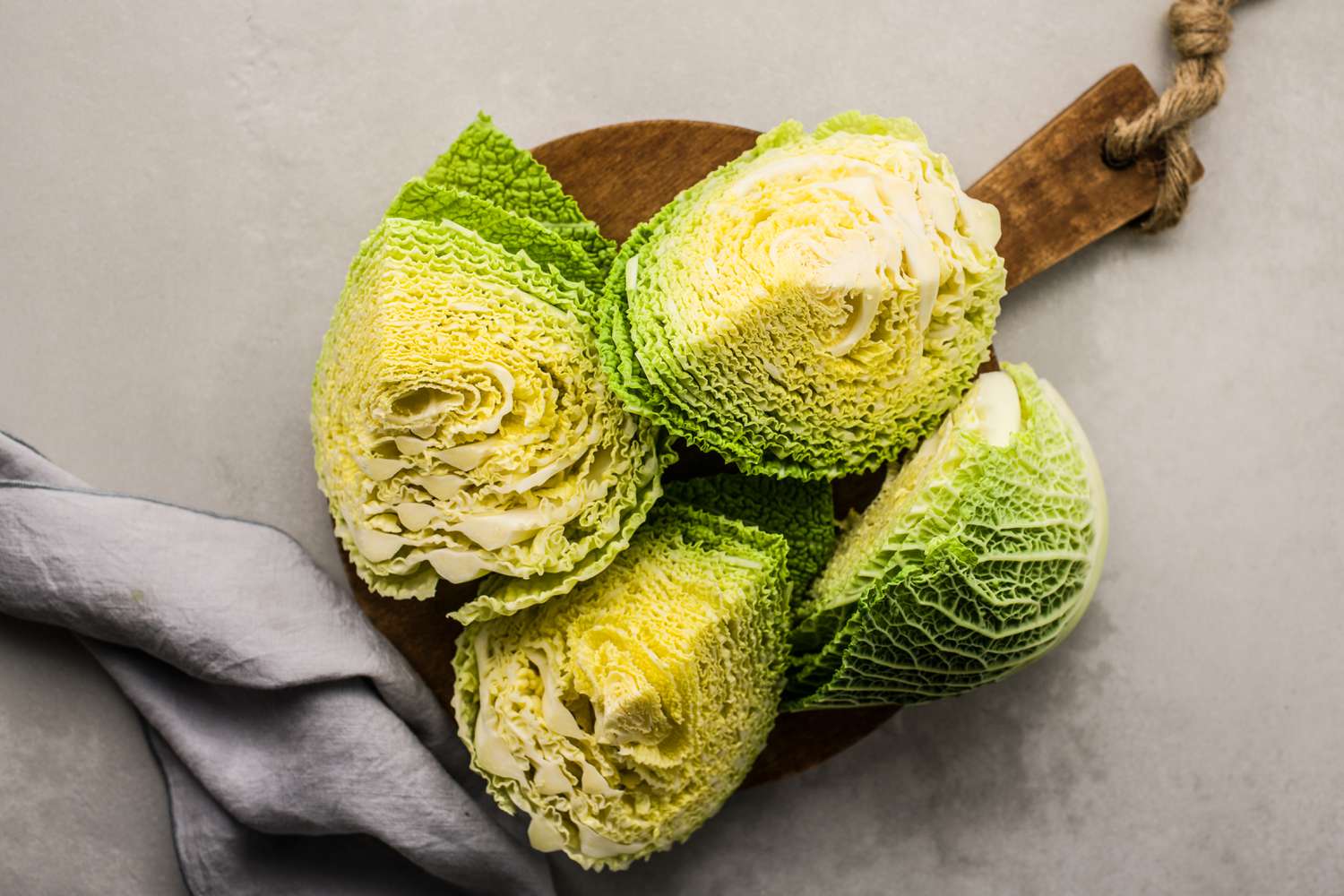
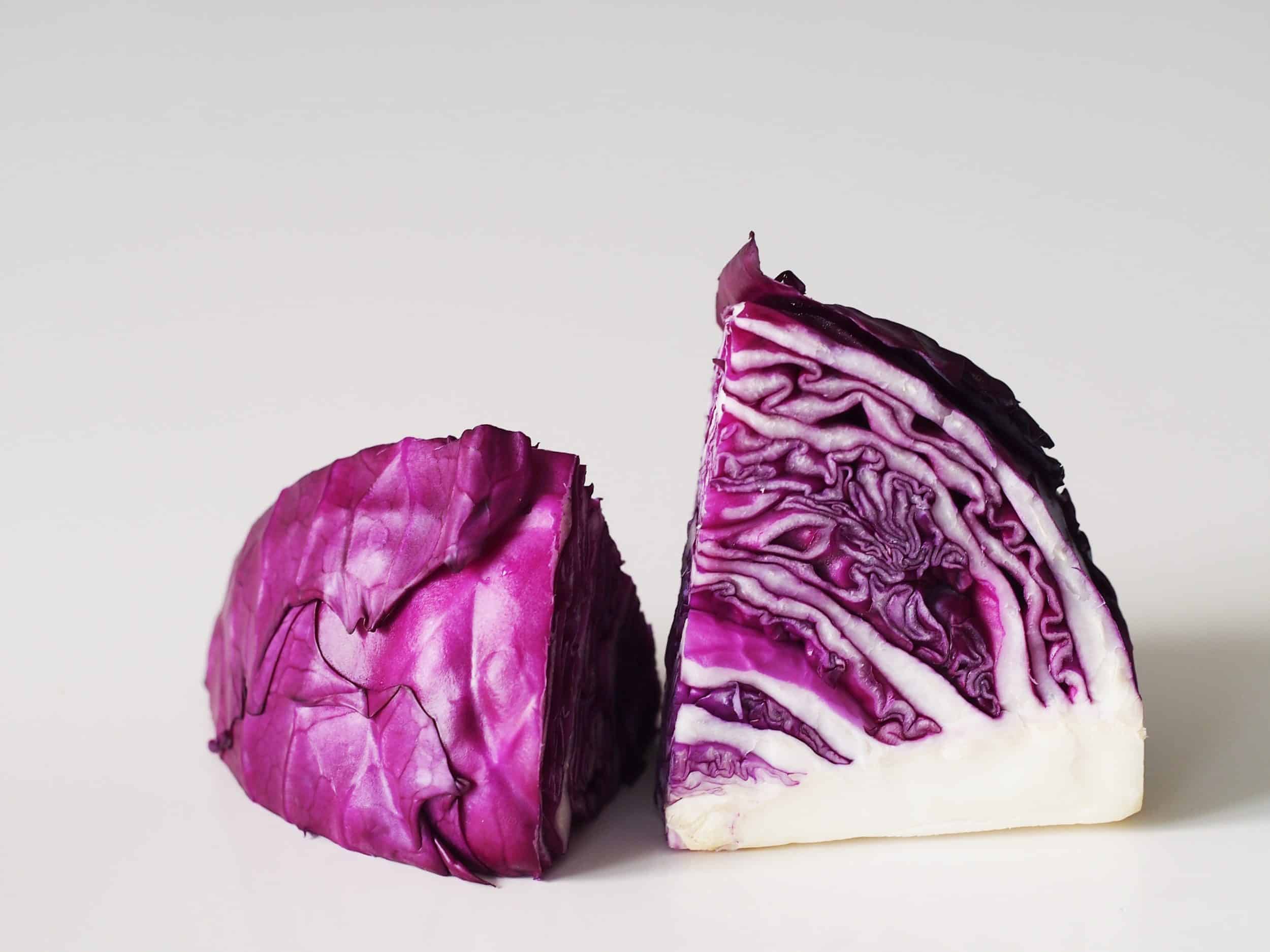
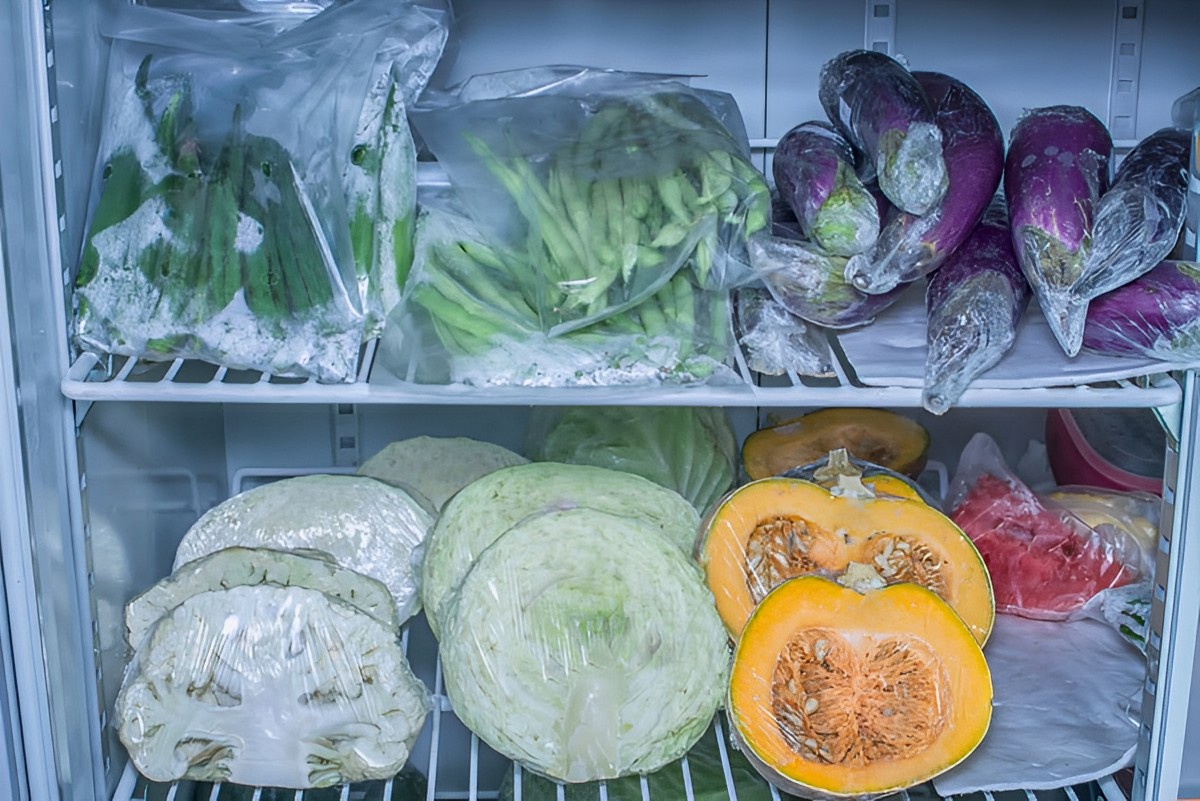
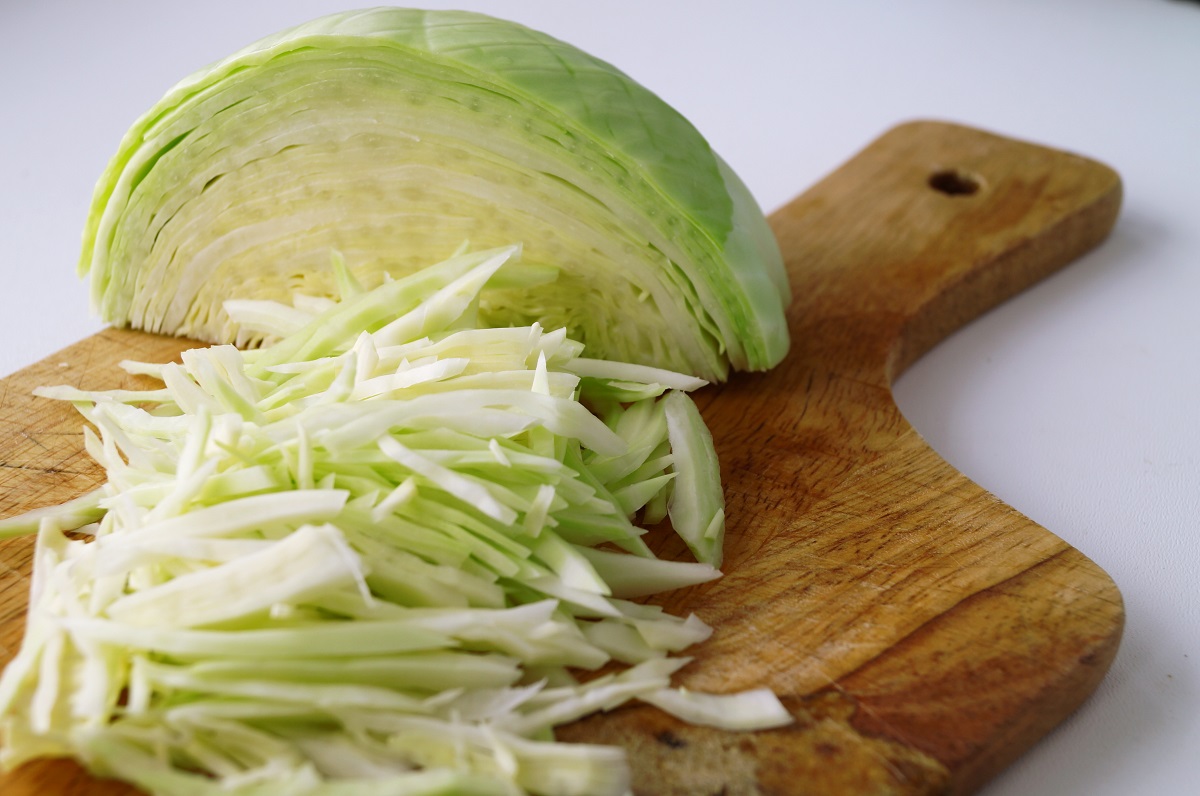
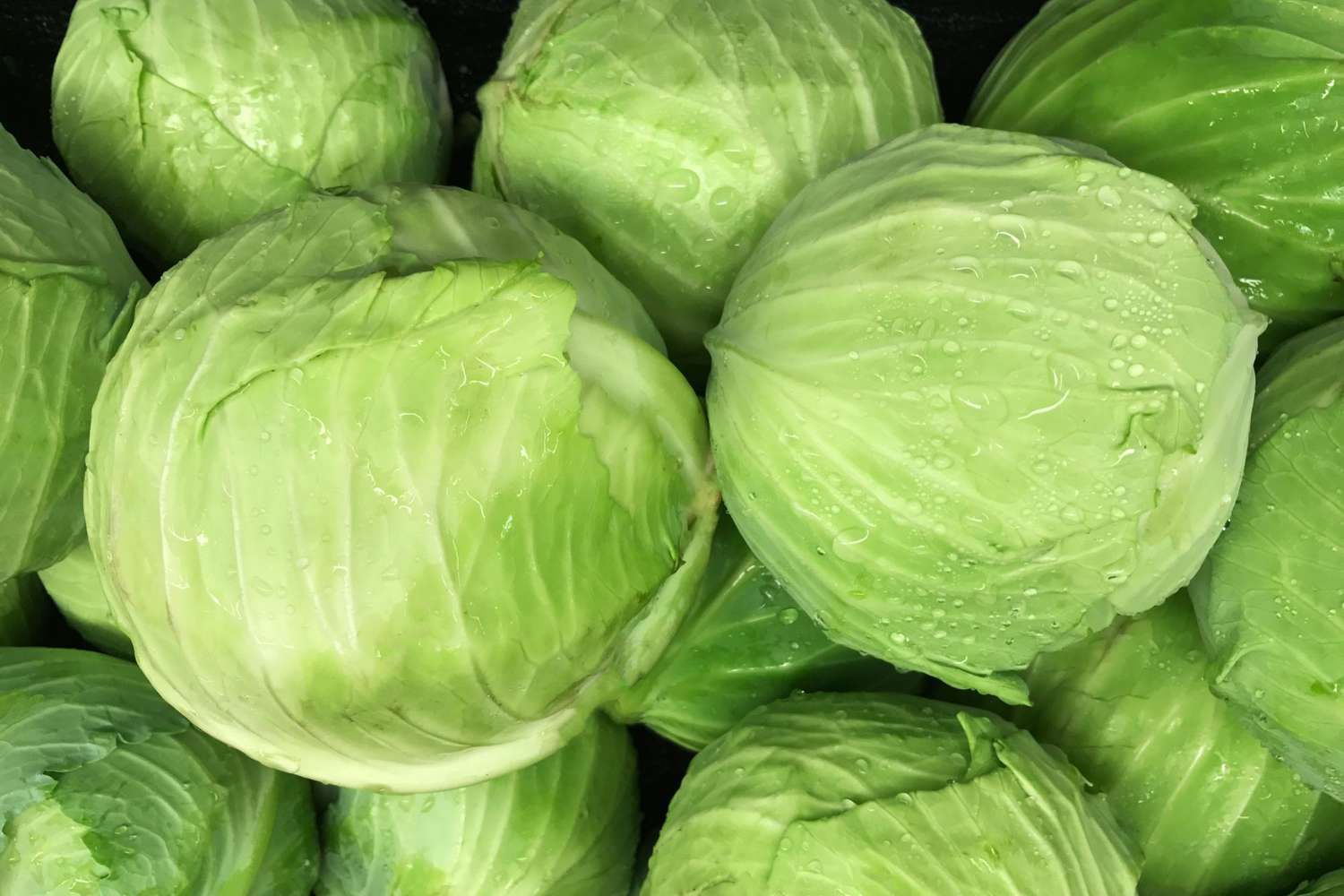
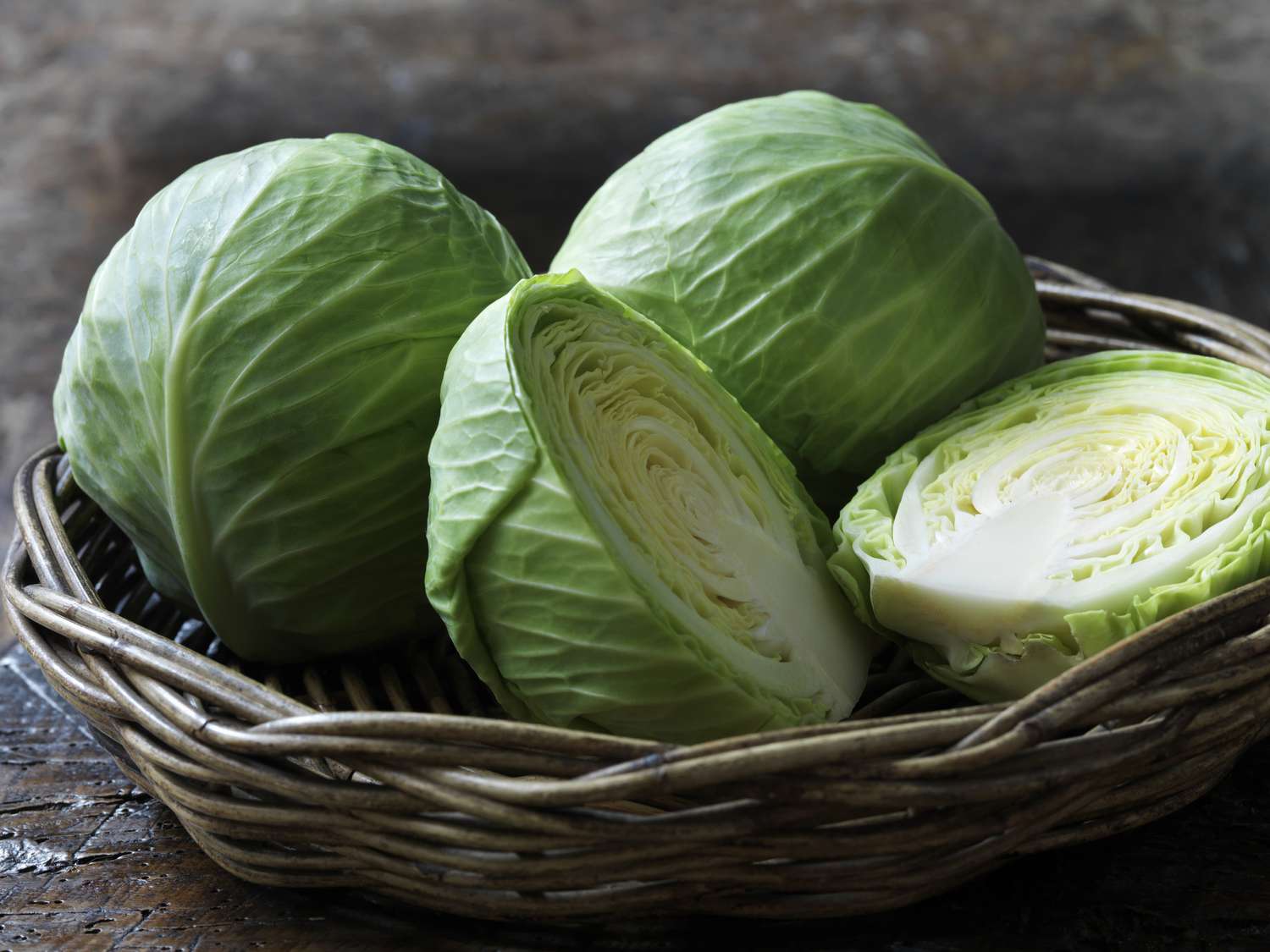
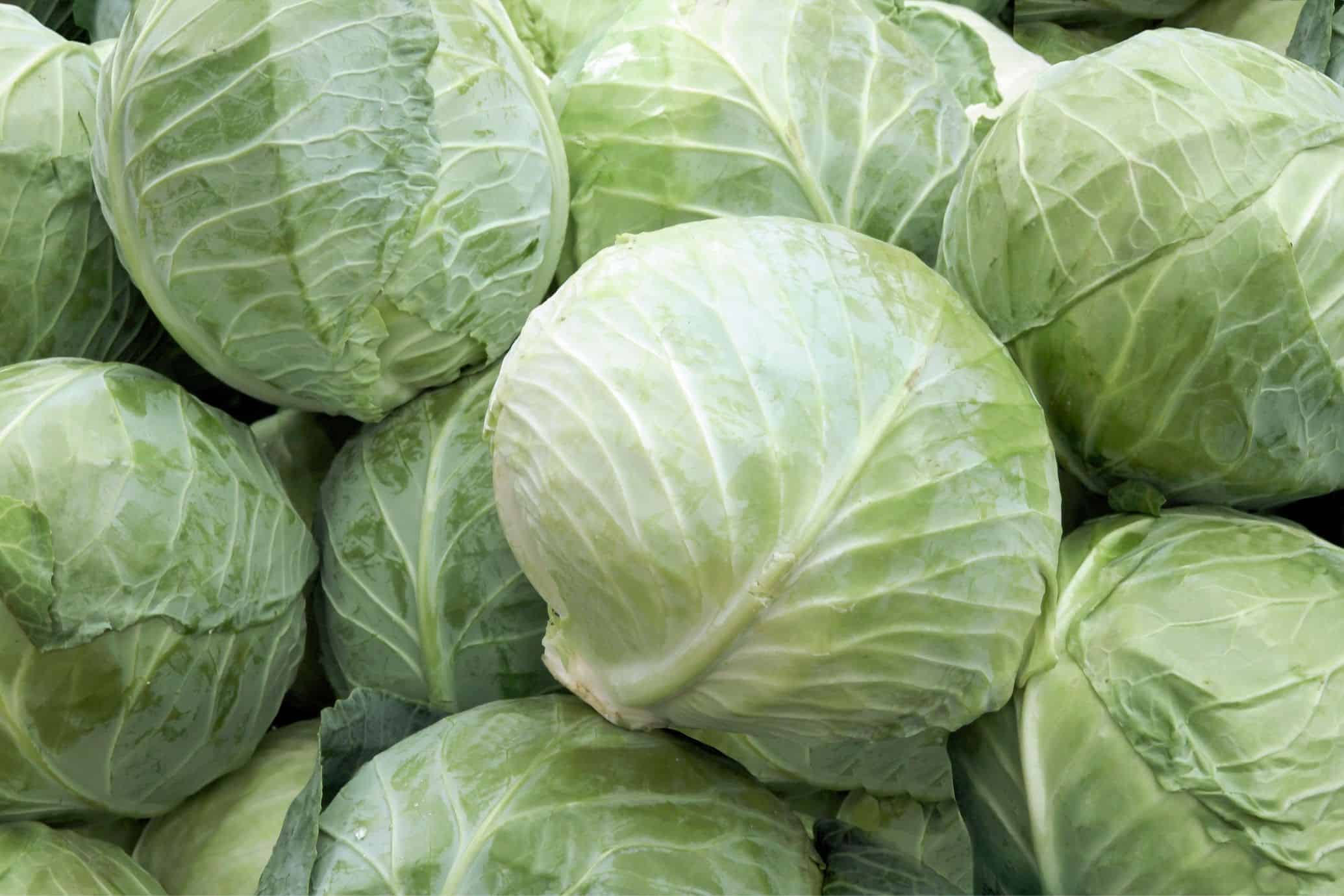
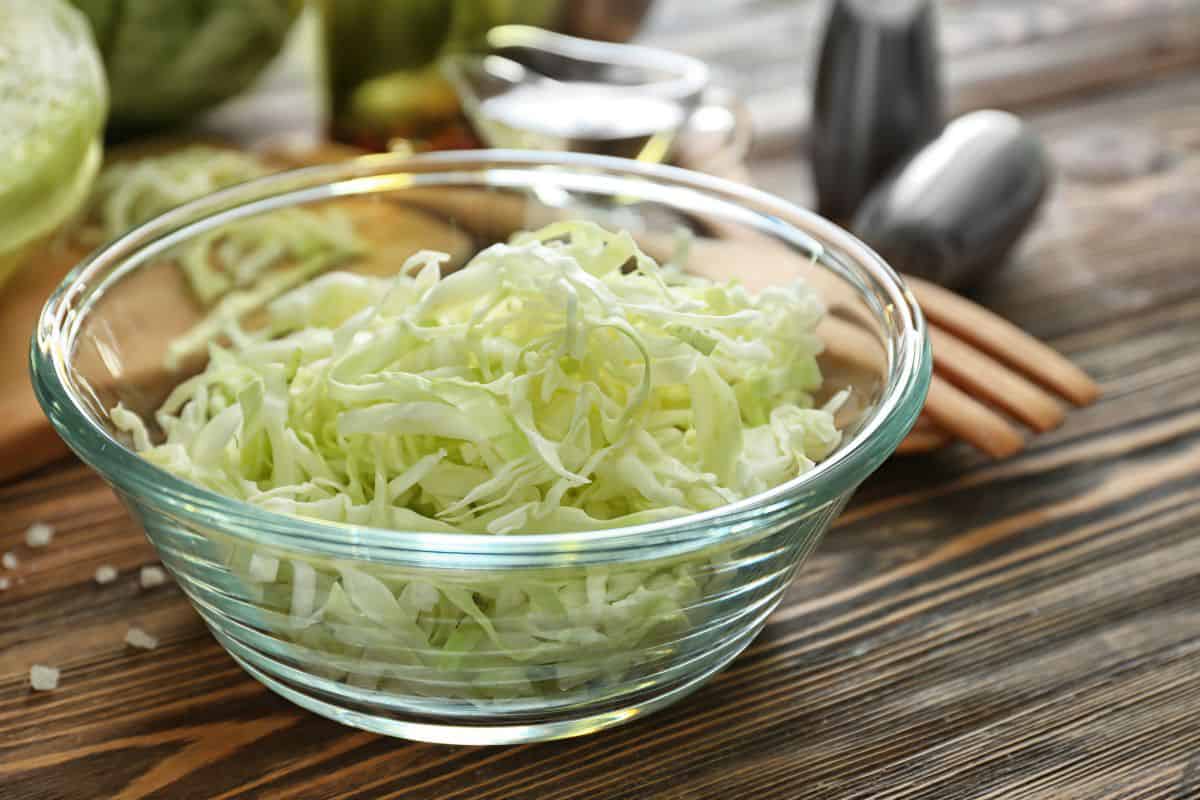

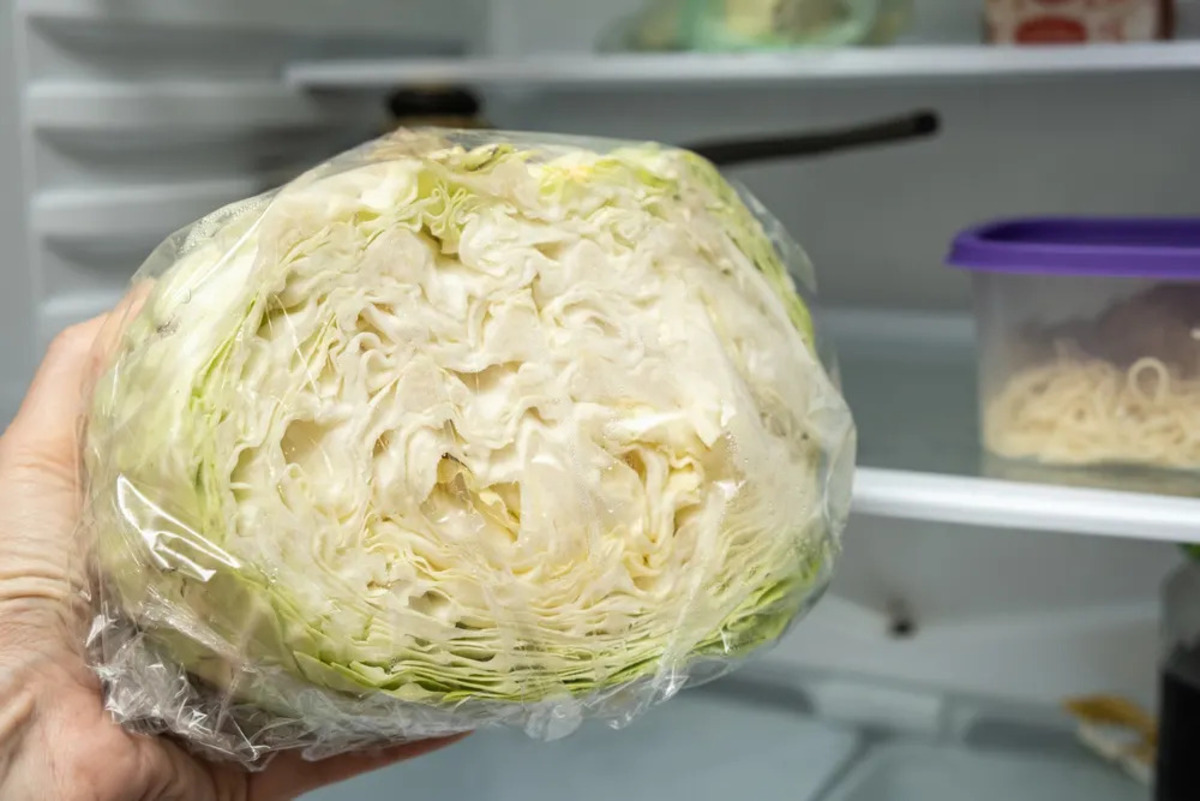
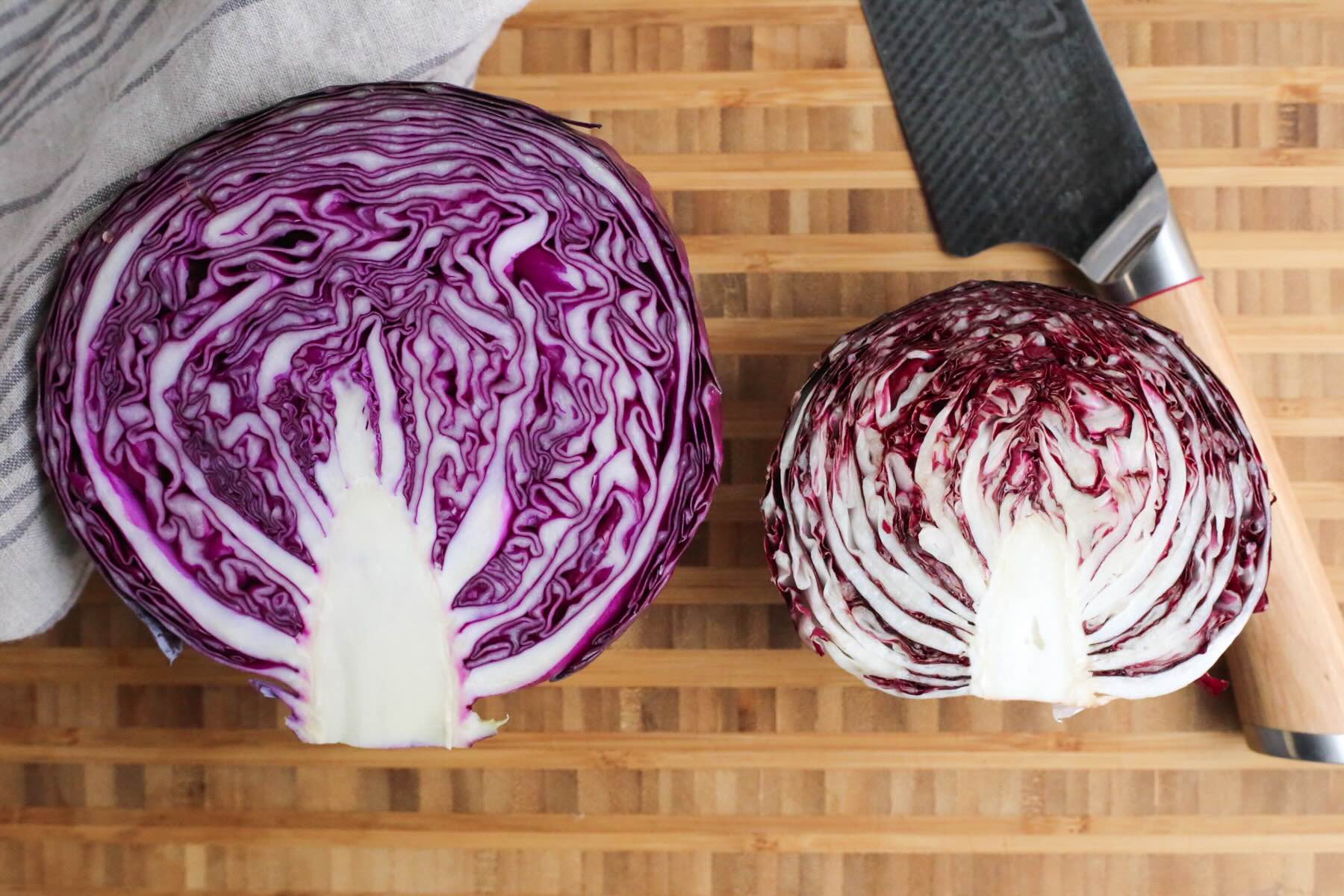
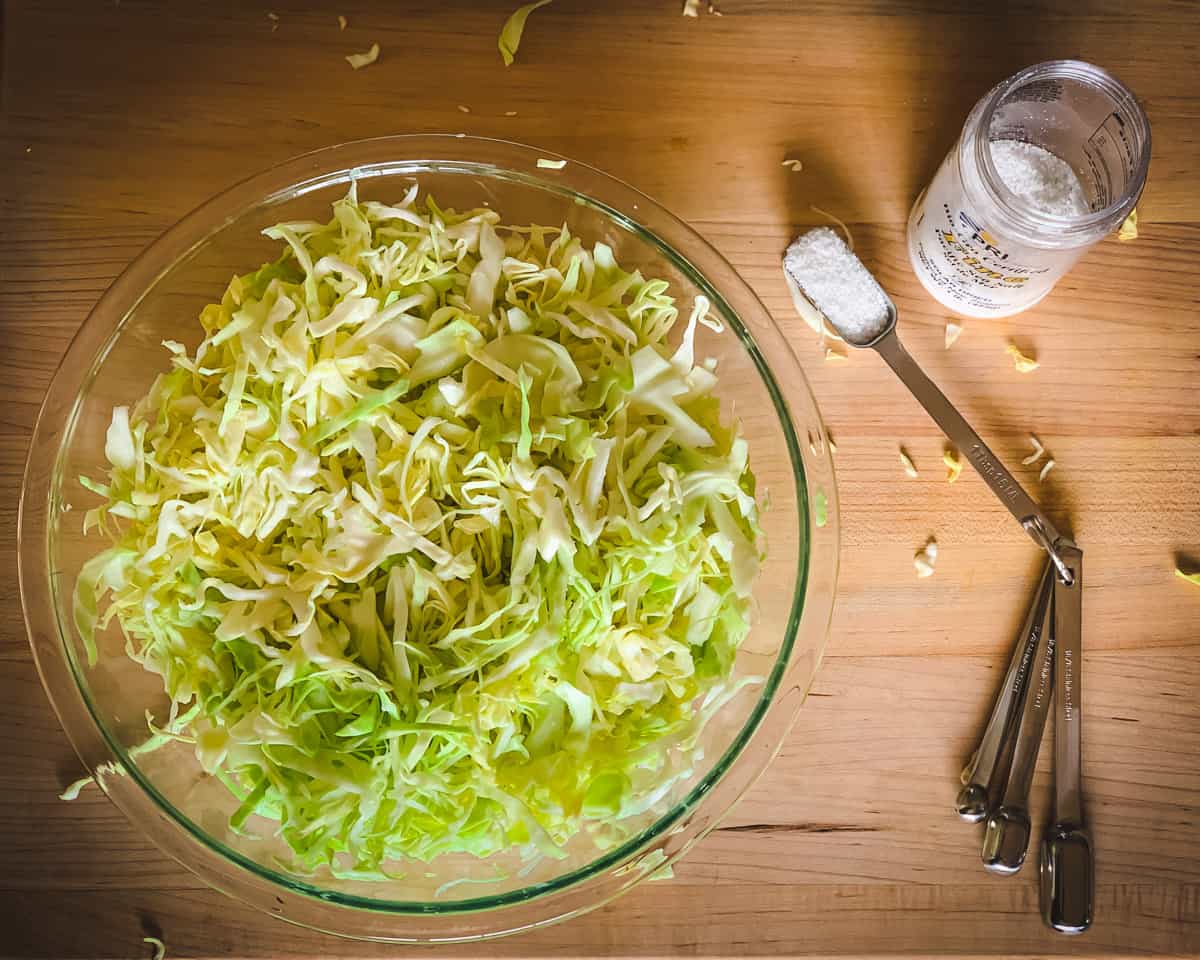

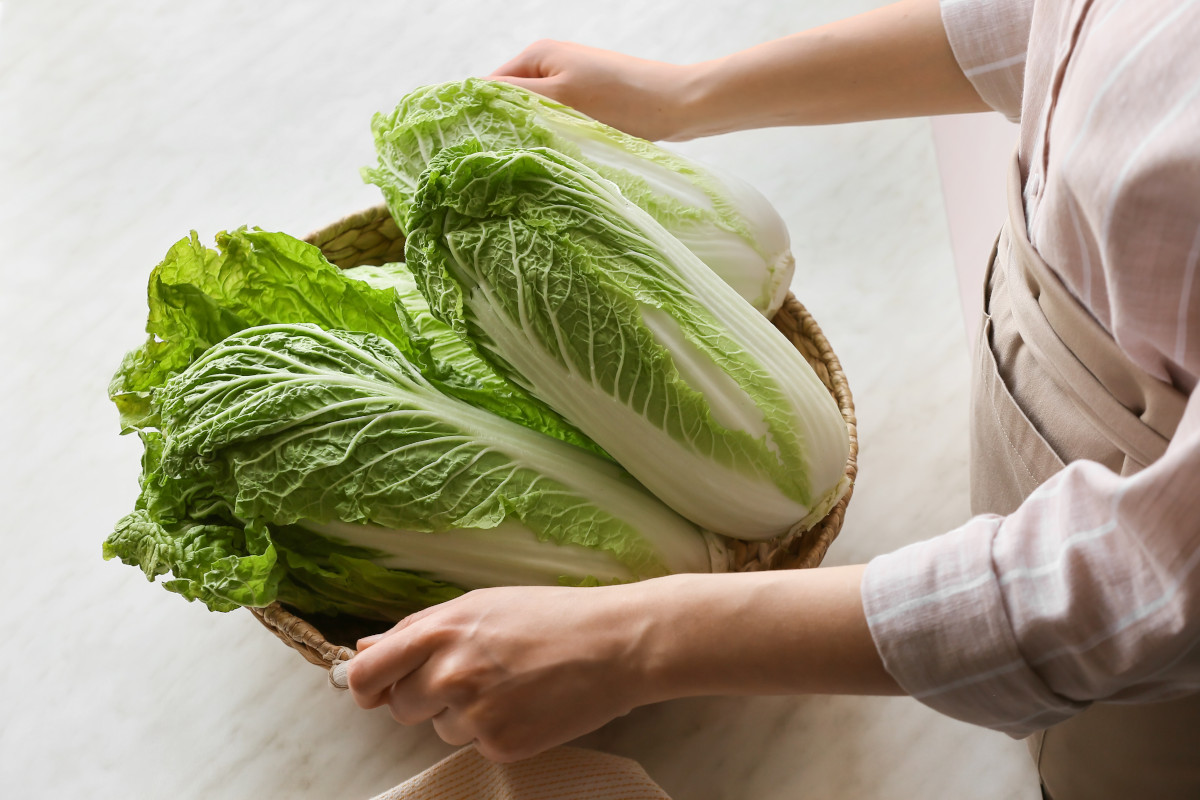

0 thoughts on “How To Store Cut Cabbage”